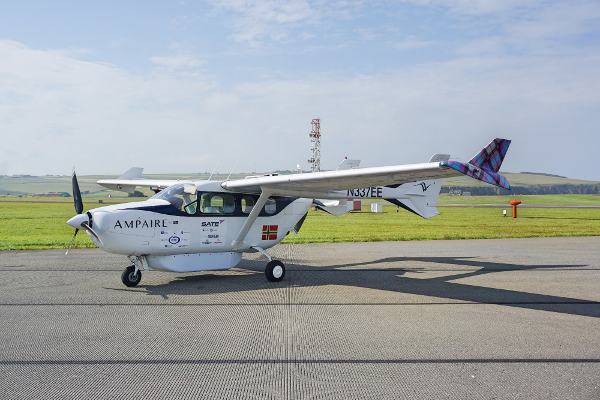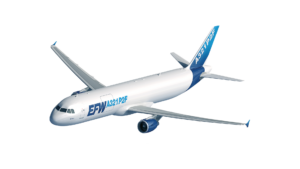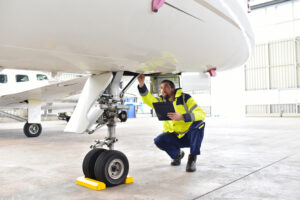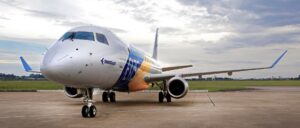Ampaire, the U.K. subsidiary of Los-Angeles-based Ampaire has successfully performed its first full test flight on a potential future commercial route between Kirkwall Airport on the Orkney Islands across the Pentland Firth to Wick John O’Groats Airport on mainland northern Scotland. This is also the first U.K. demonstration of the aircraft, a modified six-seat Cessna 337, now Ampaire’s Electric EEL technology demonstrator, which has been modified to run on both battery power and a conventional combustion engine.
Ampaire is an industry leader in the race for conversion to electric power for aircraft, but also recognizes that the fastest way to introduce new technology is to convert existing aircraft rather than starting from scratch with every new project. The company’s new powertrain will have the potential to initially reduce carbon emissions by 25% and will operate on lifeline routes in Scotland, as well as elsewhere in the world.
Ampaire test pilot Justin Gillen commented: “Today’s flight to Wick went without a hitch, flying at 3500 feet and 120 miles per hour. The Electric EEL is easy to fly, and we’ve achieved a total five hours here so far.” “This is an important first step to decarbonizing Scottish regional aviation, while lowering the cost of air service,” said Ampaire founder and CEO Kevin Noertker, adding: “It’s a model for what Ampaire will be able to offer regional carriers everywhere.”
The company sees its hybrid electric upgrades as a catalyst to zero-emission, all-electric aircraft, as battery technology advances and airport charging infrastructure matures. The trials, the first to operate on a viable regional airline route, are part of the Sustainable Aviation Test Environment (SATE) project, which is being led by Highlands and Islands Airports Limited (HIAL). SATE is funded by U.K. Research and Innovation (UKRI) through the Industrial Strategy Challenge Fund, and is based at Kirkwall Airport in Orkney, which is also home to the U.K.’s first operationally based low-carbon aviation test center. SATE forms part of the UKRI’s Future Flight Challenge, created to test low-carbon aviation technologies, as well as to investigate the airport infrastructure required to support sustainable aviation.





























